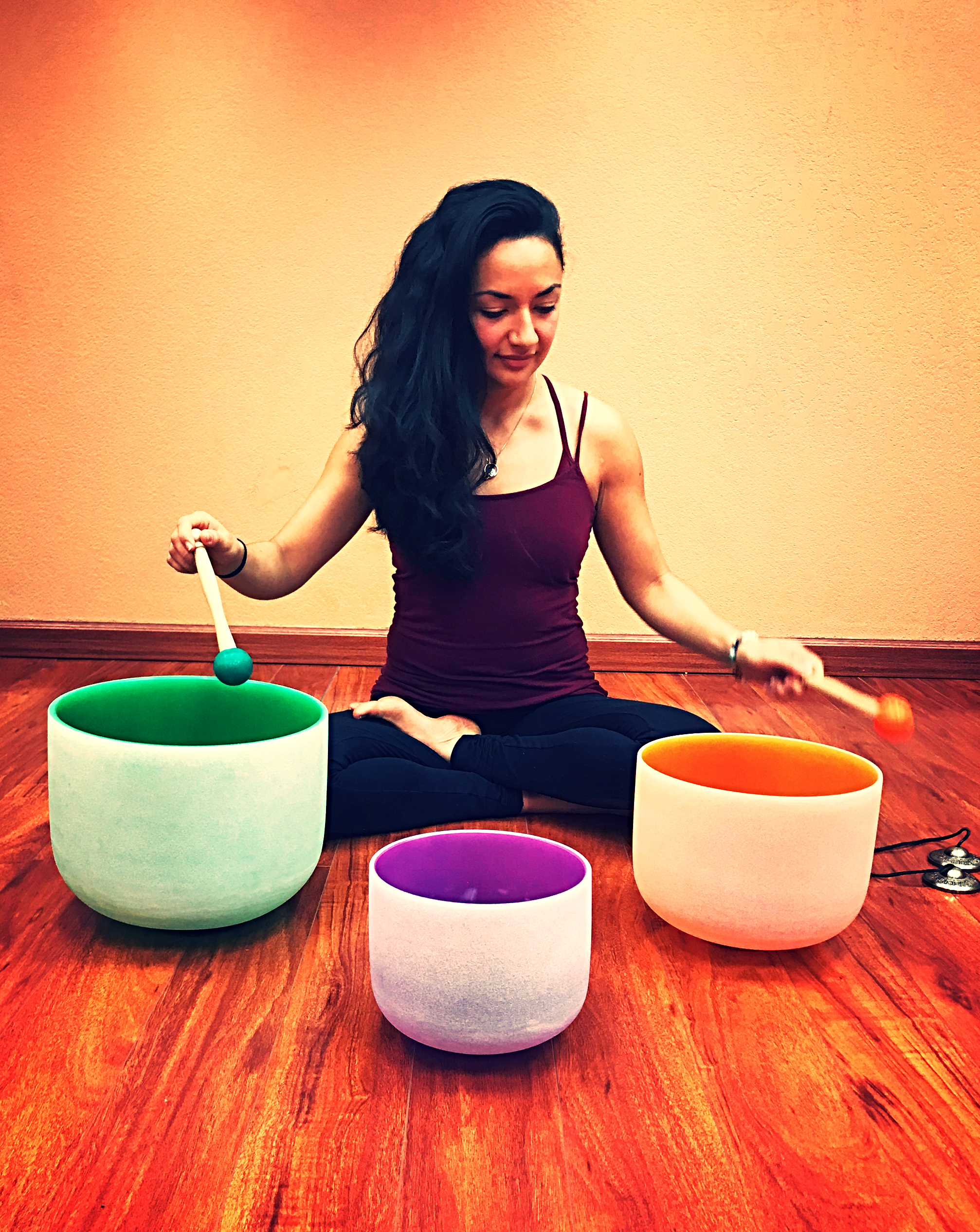How to Avoid the Most Common Yoga Injuries
- Chastity Jewel Scott

- May 12, 2021
- 4 min read
While yoga is a fulfilling practice, there are still technicalities that must be met in order to safely transition through sequences. All yoga poses demand a significant amount of weight bearing, pressure and calm focus, and mastering each of these aspects is important for the entry, stability and exit of each pose. Without the proper training and instruction from an experienced instructor, common yoga injuries can easily occur.

The truth is that any physical activity, whether walking, playing a contact sport or getting your yoga on, has the potential of injury. So, educating yourself on the potential risks, noting the helpful cues and taking responsibility of your own well being are crucial to master in order to receive the benefits from your practice.
Are you unfamiliar of the most common yoga injuries? Well, here’s a little breakdown.
Aches, Sprains and Breaks, Oh my!
Neck + Spine
The neck and spine can seriously be comprised during headstands and shoulder stands, and are among some of the most common injuries in yoga. For handstands, it’s important to be conscious of the angle of your neck, the proper engagement of your arms and even the placement of your fingers, all while evenly distributing the weight of your head and your body. Sound complicated? That’s why it’s important to practice with an experienced yoga teacher!
Shoulders, Elbows + Wrists
It’s beyond important to have stable joints in the shoulders, elbows and wrists to perform the foundational yoga poses safely, and to support the fluidity of movement between poses. Any arm strengtheners such as plank or Chaturanga Danadasana can lead to injury if done improperly. Are your wrists sore after your practice? Try spreading the fingers wide and applying pressure on the L of the hand to support the wrist.
Hips + Pelvis
The hips and pelvis can be comprised during an array of poses if performed incorrectly. Remember to not force any movement and to properly warm up before engaging in deep poses. Yoga will meet you where you are at and will still give you all its love and benefits, so don’t force anything! Don’t compare yourself to your neighbor and just listen to your body. Hamstring attachment tears and S.I. joint pain can take months to heal!
Knees
Oh, our precious knees! Always keep a soft bend in the joint and focus on activating and stabilizing all surrounding parts of the leg. If the legs are wide, energetically pull them towards each other as if a magnet is between.

If you find yourself with an acute injury, use the R.I.C.E. technique.
Rest: Don't keep pushing on. Listen to your body and give yourself a break.
Ice: Apply within the first 72 hours of your injury.
Compression: Wrap your injury with an ace bandage or if needed, immobilize with a splint.
Elevation: Raise your injury above the heart to decrease blood flow and reduce swelling.
If its an emergency, call 911. If an injury persists, seek professional care and don't be in denial if its serious.
Want to avoid injuries altogether? There’s definitely some preventative measures you can take to keep your body injury-free.
1. Start where you are:
If you are a beginner, take a beginners class so you can properly learn the foundational yoga poses. Only go as deep into the poses as your body lets you and avoid overstretching.
2. Find your own personal alignment: This is a skill developed when you allow yourself to SLOW down and tune into your inner voice. Breath deeply and engage in the stretch with your inhalation and exhalation. When you move with your breath, you can find inner peace, quiet the ego and feel more in tune with your body.

3. Understand how your body works.
Are you naturally flexible? Or, naturally strong? Do you carry tension in your body? Understanding the basics of how your body functions can help you tremendously in your practice. When you are in tune with the strengths and weaknesses of your body, you can avoid injury while creating a more meaningful practice.
4. Avoid the pain cycle
Once injured, it hurts to move normally, so the body adapts by moving in a distorted way to avoid that pain. This compensation over time has adverse effects in the muscle, fascia and nerves as they strain to overcompensate the distorted body posture. If injured, take the time to recover and seek a professional if need be.
5. Find a qualified yoga teacher
By attending a class instructed by a qualified yoga teacher, you are able to learn how to properly and safely perform poses. While engaging in a home practice is great, attending yoga classes can give you a better understanding of how poses should be safely executed. Want more guidance? Then, book a private session with a local yoga instructor.
Yoga is a self transformation tool that can guide us on our journey to feel and heal. While we want to avoid injury on this journey, each set back has its own lesson. By listening to your body, following your breath and abiding by the direction of a certified yoga instructor, you can avoid some of the most common yoga injuries and continue to flourish on your path of wellness.
About the Author

Licensed massage therapist & certified yoga teacher trainer, Chastity Jewel helps active people find balance in their mind and body. She is passionate about holistic wellness and weaves functional movement, bodywork, and meditation to relieve pain and radiate optimism. She also co-leads transformational yoga teacher trainings that emphasize education and empowerment.





Comments